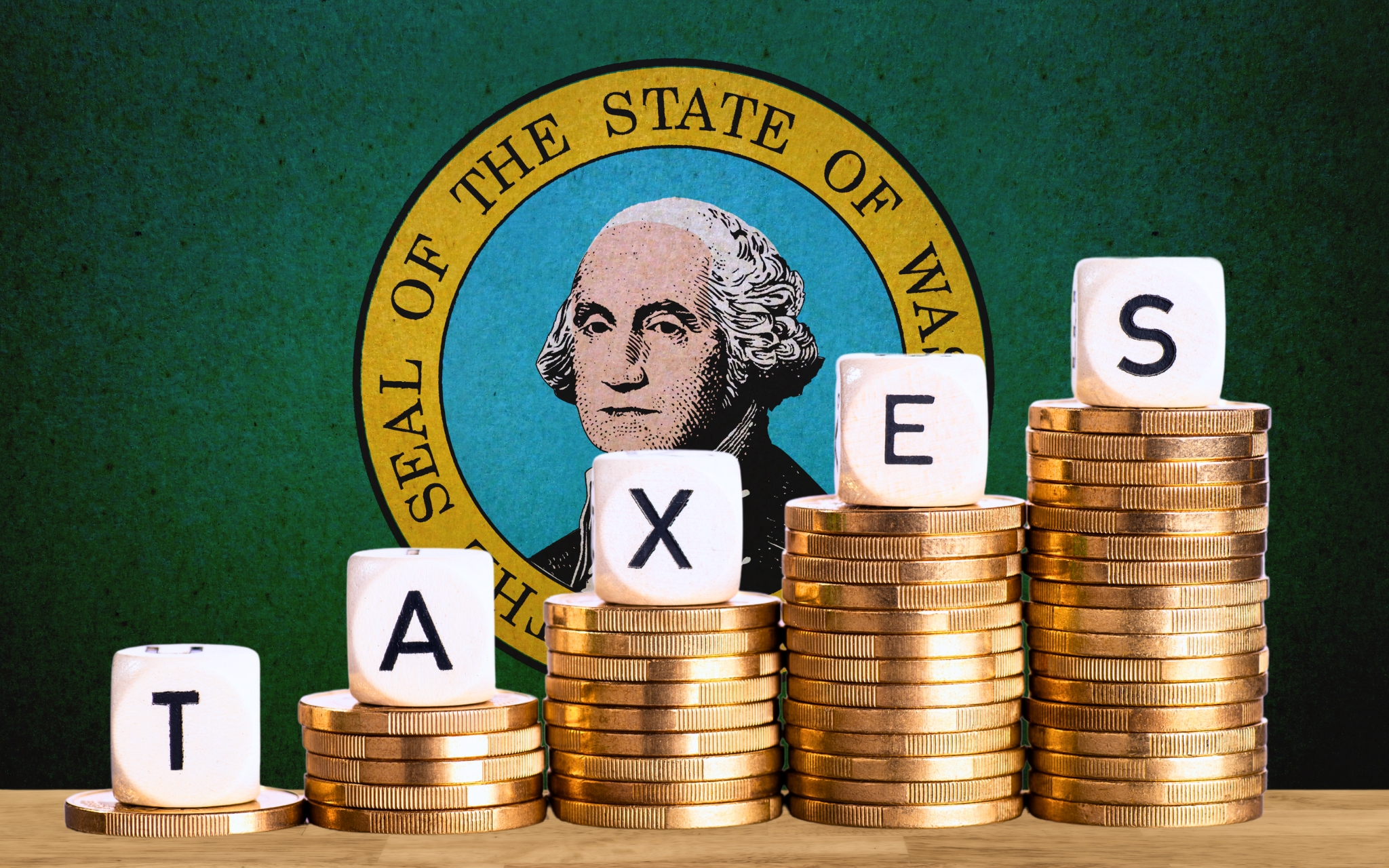Related Articles
Relevant Topics
Last year the Legislature passed a requirement for bills creating or expanding tax preferences to include a performance statement to identify the expected outcome for the policy change. We were very happy to work with Rep. Carlyle, Chair of the House Finance Committee, on this concept.
The Legislature also directed the Joint Legislative Audit and Review Committee (JLARC) to develop guidance on how these tax preference performance statements should be drafted. The JLARC report is now available. Among JLARC's recommendations:
A clear statement by policy makers of the public policy purpose of a preference is key to effective performance evaluation. The first and necessary step is for policy makers to state the public policy purpose and how the tax preference is intended to achieve it. To accomplish this, the Legislative Auditor recommends using the concept of a logic chain before drafting a performance statement for a particular tax preference.
How would a logic chain work?
The Legislative Auditor recommends the following steps to construct a tax preference performance statement from a conceptual logic chain:
1. Identify the ultimate policy purpose for the tax preference
2. Develop a logic chain for the tax preference that identifies the sequence of steps that logically link the tax preference to its ultimate policy purpose
3. Populate relevant steps in the logic chain with specific data measures and assumptionsa. What type of data is necessary for each relevant step?
b. What is the assumed measurement or condition for that step?4. Identify what specific measures should be used to determine whether the preference is effective
a. What will policy makers expect up-front for determining success?
b. Is the measure related to the ultimate policy purpose, an intermediary step in the logic chain, or some other condition?
c. What is the specific target that must be achieved by that step (or other condition)?5. Identify what specific data should be used to measure those targets
a. What type of data will be required?
b. Is the data currently available, or does the Legislature need to establish new data collection requirements?
JLARC will hold a public hearing January 7 at 10 a.m. to discuss these recommendations.
The ultimate goal for lawmakers should be that the state’s tax system reflects sound principles of taxation based on the maxim “a fair field and no favors.” That is, Washington should have a fair tax code with a broad base, low tax rates and very few exceptions. However, if tax preferences are to be used, they should specify the Legislature’s explicit intent and have measurable performance goals. It is encouraging to see the new policy for tax preference performance statements put into practice.




